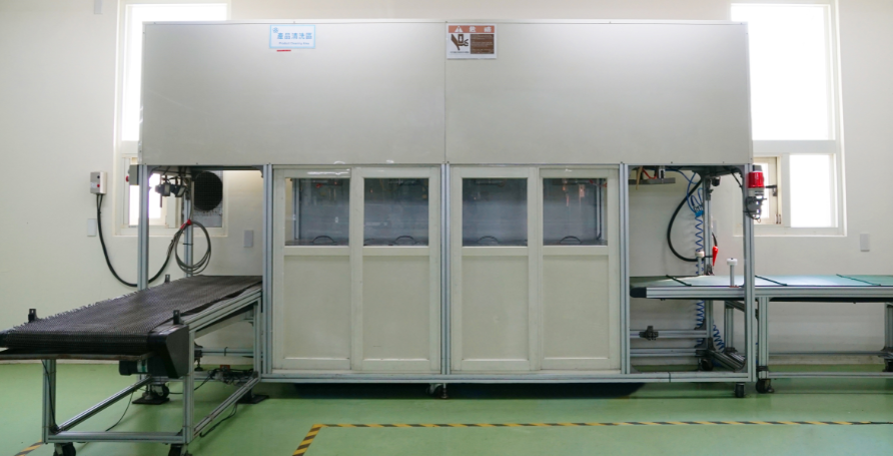Clean Parts
Why the Requirements of Cleanness?
Many highly engineered products require their constituent parts to be free of oil, dust, particles, fingerprints, etc. Small particles and debris will result in excessive wear on moving parts of equipment. Fingerprints and oils tend to accelerate corrosion and functional failure. The requirement of cleanness has become very common in the medical, automobile, aerospace, electronics industries. Even the shock absolvent system of bicycles requires a high level of cleanness.
How To Achieve Cleanness?
The cleanness of parts is influenced by many factors. It is achieved by using the right type of cleaning processes and agents. It is also important not to generate hazardous materials and release them to the environment in the process.
The practice of ensuring cleanness starts with tight manufacturing process control to minimize undesirable particles (or films, fingerprints, and burrs). If necessary, ultrasonic cleaning and vibration grinding are used to break loose and separate the particles from the parts. For fine cleaning, multiple stages of ultrasonic cleaning might be required.
To achieve part cleanness, deep knowledge of lubricating fluids might also be required as those fluids might adversely affect the surface properties of work parts in manufacturing. Layana has over 40 years of experience in manufacturing clean parts to suit the needs of electronic, automobile, and medical equipment.
Application
- Retainer ring
- Battery contact
- CO2 sensor component
- SFP cage
- Bicycle absorbers shock system
In House Automatic Ultra-Sonic Cleaning System

Clean Parts
Design, manage and optimize for a variety of parts.